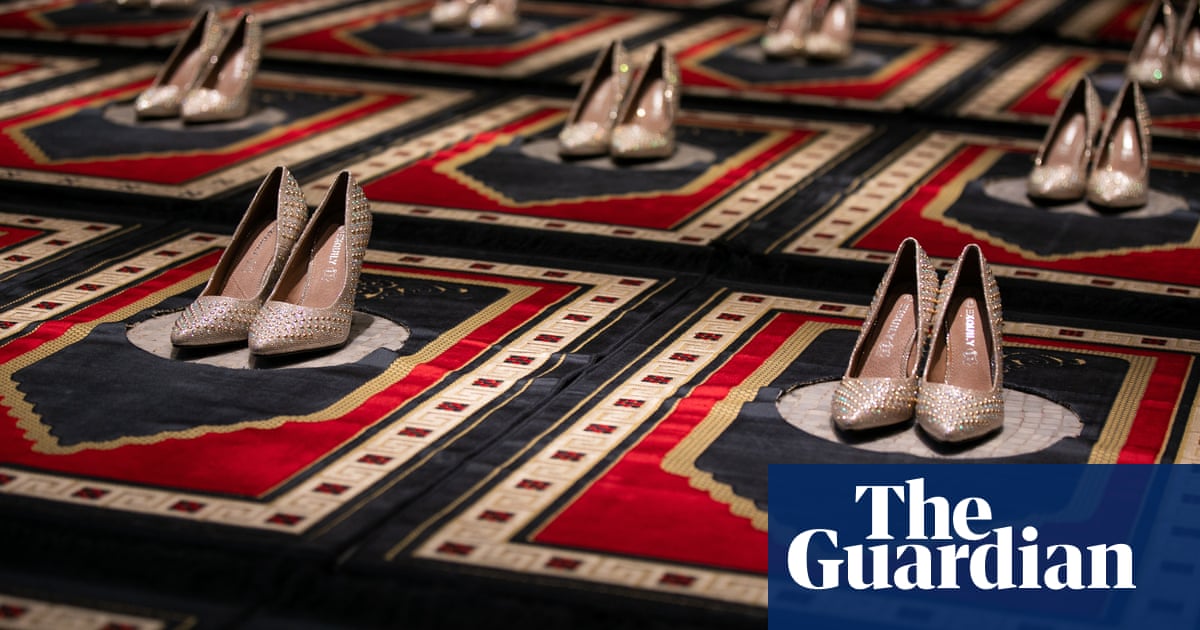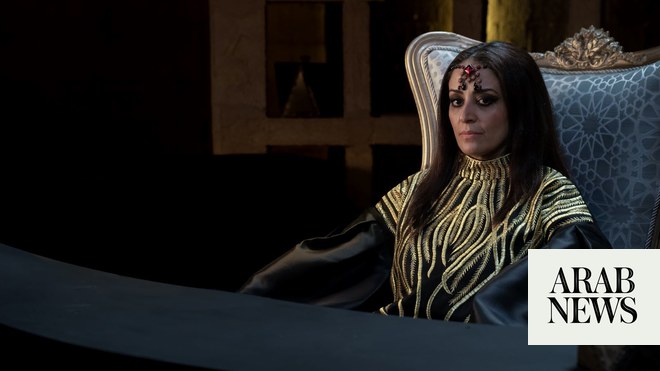
DUBAI: For many Lebanese, the past can be a painful subject. A civil war destroyed large swaths of the country between 1975 and 1990. The postwar period has been marked by sectarian strife and government dysfunction.But in spite of the traumas of recent decades, Lebanon remains a land of immense cultural wealth, with a rich history reflected in its architectural, cultural and anthropological heritage.
This is why the Beirut Museum of Art, or BeMA, which is due to open in 2026, has been billed as a “beacon of hope” in a country beset by political paralysis, economic decline and a worsening humanitarian crisis.
When Sandra Abou Nader and Rita Nammour launched the museum project, their goal was to showcase the wide diversity of Lebanese art and provide facilities for education, digitization, restoration, storage and artist-in-residency programs.
“They realized that there was, in fact, very little visibility for the Lebanese artistic scene, within the country and abroad, and for Lebanese artists, whether modern or contemporary,” BeMA’s art consultant, Juliana Khalaf, told Arab News.About 700 works of art will be on display at the new venue, drawn from the Lebanese Ministry of Culture’s collection of more than 2,000 pieces, the bulk of which have been in storage for decades.
“We are going to be housing this very important collection,” said Khalaf. “We call it the national collection and it belongs to the public. It’s our role to make it, for the very first time, accessible. It’s never been seen before.”
The artworks, created by more than 200 artists and dating from the late-19th century to the present day, tell the story of this small Mediterranean country from its renaissance era and independence to the civil war period and beyond.
The collection includes pieces by Lebanese American writer, poet and visual artist Kahlil Gibran and his mentor, the influential late-Ottoman-era master Daoud Corm, who was renowned for his sophisticated portraiture and still-life painting.
Works by pioneers of Lebanese modernism, such as Helen Khal, Saloua Raouda Choucair and Saliba Douaihy, will also feature among the collection, as will several lesser-known 20th-century artists, including Esperance Ghorayeb, who created several rare, abstract compositions in the 1970s.The collection is a reminder of the beautiful heritage that we have,” said Khalaf. “It shows us our culture through the eyes of our artists.”
Among the priorities for the BeMA team, in partnership with the Cologne Institute of Conservation Sciences, is the restoration of the collection, which includes several paintings and works on paper that have been damaged by war, neglect, improper storage or simply the passage of time.Gathering information about the artists and their effects on Lebanon’s artistic heritage is another priority for the BeMA team, and is a task that has proved to be challenging given the dearth of published resources and the means to catalog them.
“What was surprising was how little research there is out there and how much we need to do on that front, like getting the right equipment that is not currently available in the country to properly archive books and photography,” said Khalaf.
In 2018, the BeMA team approached WORKac, an architectural firm based in New York, for ideas about the new venue. Co-founded by Dan Wood and Amale Andraos, a Lebanese-born architect and former dean of Columbia University’s Graduate School of Architecture, Planning and Preservation, WORKac has designed museums in California, Texas, New York and Florida.
For Andraos, who left Lebanon at the age of three, the chance to design a home for Beirut’s artistic heritage is particularly special.
“I think it’s a very personal project for everyone involved,” she told Arab News. “Everybody put their heart and soul into this idea that Beirut really needed a museum to house the national collection.
“For me, personally, I have a great attachment to Beirut, to its history, as well as architecturally, artistically and intellectually.”Given the country’s troubled past and complex identity, Andraos believes the museum’s collection will prove valuable in helping Lebanon rediscover its sense of self and recover from past traumas.
“It’s an archive that we need to go back to, to understand who we are and how we move forward,” she said.
After the project was approved by city authorities, the first stone was laid at the site of the new museum in February. The initial phase requires Andraos and her team to examine the site for archaeological remains.
When complete, the museum will feature three gallery floors that borrow aesthetic elements from local Art Deco urban design. It has been described as an “open museum” and a “vertical sculpture garden,” owing to its cubic facade which will be embellished with bursts of greenery from top to bottom.
Andraos admits she was initially skeptical about the project. Lebanon is in the throes of multiple crises, including a financial collapse. Beirut, the capital, is yet to recover from the devastating blast at the city’s port on Aug. 4, 2020, when a warehouse filled with highly explosive ammonium nitrate caught fire and detonated, leveling an entire district.All of this, combined with the additional economic damage caused by the COVID-19 pandemic, has caused thousands of young Lebanese to move abroad in search of work and respite from the seemingly endless litany of crises.
For some people in the country, though, it is precisely because of these issues that a museum celebrating Lebanon’s cultural achievements is needed, perhaps now more than ever.
“When I recently presented the museum to a member of the BeMA board, I said: ‘This is probably the worst time for a museum,’ and he said: ‘This is the most important time for a museum because we need culture, education and ideas,’” said Andraos.
“When people are hungry, it’s like art versus food — but art is also food, in some ways, for the spirit and the mind.
“Everyone involved in it sees it as a beacon of hope and the country needs to build its institutions. It’s almost like a resistance to collapse. We have a history that is worth valuing, rereading, and a culture that we need to preserve and build on.”
This is not to say that the project was welcomed by everyone at the beginning.“There’s no large public attendance of museums; it’s something that really needs to be developed,” Khalaf said. “In that respect, people felt like it was an unnecessary project.
“But now that people actually see that it’s a serious project and is happening, the attitude has changed. People say there’s something to look forward to.”
To date, about 70 percent of funding for the project has been allocated and a public appeal will soon be launched to make up any shortfall. Entry to the museum will be free.
Located in the leafy, upmarket, residential Badaro district in the heart of Beirut, known for its early-20th-century, art deco-influenced buildings, the museum will stand on what was once the “green line” that separated the east and west of the capital during the civil war.
“What’s nice about it now is that it might become the ‘museum mile,’ because there’s the National Museum, BeMA, Mim Museum, and if you just go further down, you’ll actually get to the Sursock Museum,” said Khalaf.
“It changes the perspective from a war-torn Beirut to a culturally alive Beirut.”












